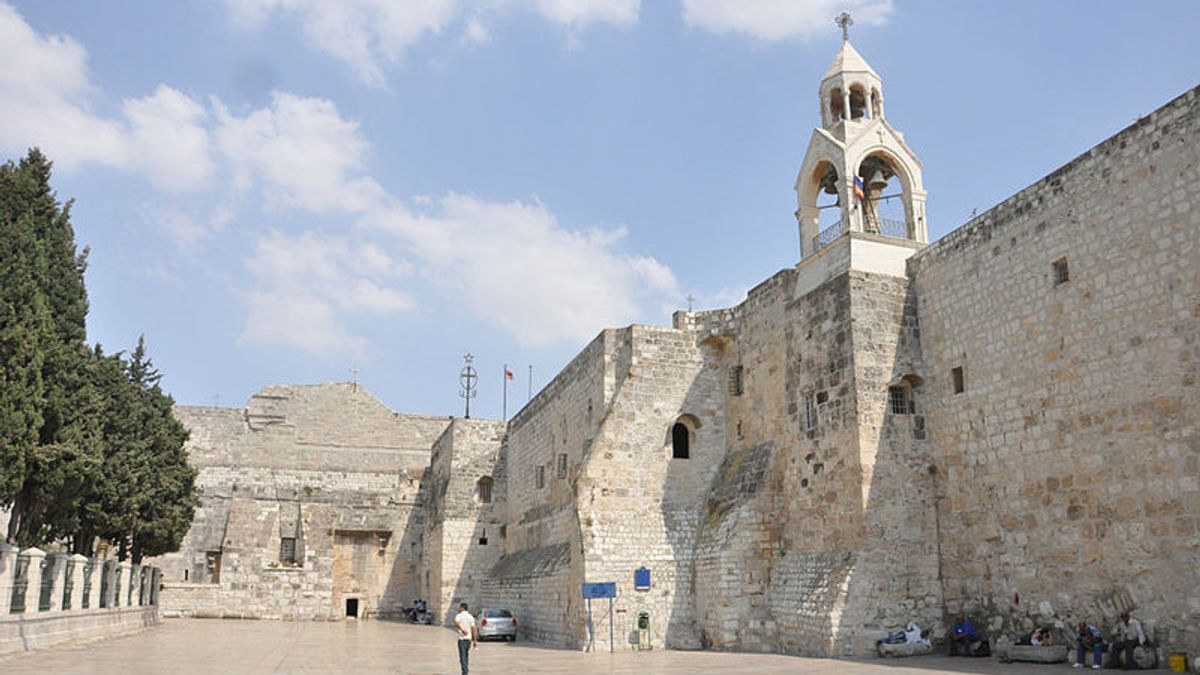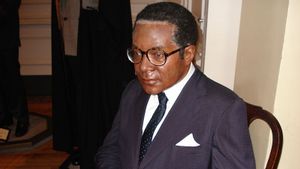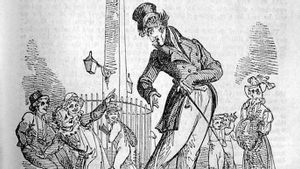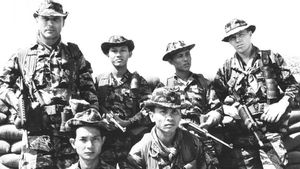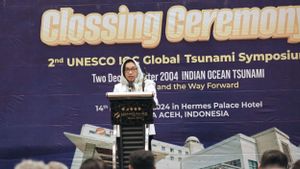JAKARTA - On April 2, 2002, Israeli warplanes and infantry launched a major attack on the Palestinian city of Bethlehem. Not only attacking Bethlehem, but Israel also carried out a siege of the Church of the Nativity. This was done after the Prime Minister (PM) of Israel Ariel Sharon stated that he would continue to move towards targeting Palestine.
The attack was opened by Israeli helicopters at 1 a.m. when the warship fired missiles at a number of targets around Manger Square and the Church of the Nativity. Two hours later, dozens of Israeli tanks and a number of armored personnel carriers entered Bethlehem from the neighboring city of Beit Jala and from the direction of Rachel's Tomb, near the Jerusalem border.
Earlier, on April 1, 2002, dozens of tanks and armored vehicles, including a bulldozer, had blocked the main entrance to Bethlehem. The Israeli army said that they were looking for Palestinian militants who were in Bethlehem.
The Israeli side also stated that Palestinian gunmen provoked the fire that broke out near the Church of the Nativity. Citing from The Guardian, eyewitnesses described close combat in Bethlehem, the narrow alleys and cobbled streets behind Manger Square.
Israeli troops came from one house to another and then enter religious buildings to search for Palestinian militants. While the Palestinians were struggling to the point of defense of Israeli troops with minimal weapons.
Palestinian gunmen used the area of the Church of the Nativity as a shelter, in the hope that Israel will avoid fighting near the church. During the attack, Israeli helicopters fired deliberately into the square as armed Palestinians ran for cover.
Palestinian sources said that the gunmen, including the local leader of the Al-Aqsa Martyrs Brigade, took shelter in areas near the city's churches over the weekend as Israel tightened its guard around Bethlehem and Beit Jala. Violent gunfire echoed around the deserted streets of Bethlehem as tanks and armored personnel carriers fired bullets.
Israeli troops also used machine guns targeting Palestinians. Israeli forces also positioned snipers in tall buildings overlooking some of the Bethlehem refugee camps.
Meanwhile, inside a convent near Manger Square, Father Severino, a Catholic priest, said the Church of the Nativity had been under "Israeli bombardment". He added: From where I was, I could see Israeli tanks several hundred meters away. It's calm now but we are still very scared.
As the tanks patrolled outside King Hussein Hospital in Bethlehem, there was no visible sign of Palestinian militants. However, gunshots were occasionally heard from their hiding places.
The only evidence of Palestinian defense is the crude oil trap laid across the main road from the hospital to Manger Square. In addition, there is a gas cylinder equipped with explosives tied to the rope that triggered the explosion.
Despite reports of scores of casualties from the attack, including a nun who Palestinians say was shot and wounded when she tried to close the door to her religious foundation for Israeli soldiers, Israeli forces prevented ambulances from evacuating the dead and injured.
Attacks have continued from Bethlehem to the siege of Ramallah as diplomatic tensions with Egypt limit its relationship with Israel. At the same time, Hezbollah fighters fired rockets into northern Israel on the border with Lebanon and Syria.
Hezbollah also announced it would deploy 20.000 troops in the country. President of the United States (US) George Bush told the Prime Minister of Israel to end the occupation of the West Bank and blamed Palestinian Liberation Organization Chairman Yasser Arafat for failing to stop the wave of suicide bombings.
It is feared that the conflict will be wider when the Israeli army moves to Nablus. The stalemate in Bethlehem continues and Israeli troops enter Hebron. On April 5 the US sent General Zinni to become the first international representative to meet Yasser Arafat since he was locked up at Ramallah headquarters.
Vatican's condemnation
Palestinian armed groups and civilians who fled from the Israeli tanks hid in the church compound for nearly a week. They went into hiding together with a group of monks and nuns.
Quoting from the BBC, a spokesman for the Catholic monks at the Vatican said the Israeli army was guilty of "indescribable barbaric acts". Israel is deemed to have violated its international obligations and risked "long-term and untold consequences" said Father David Jaeger.
Speaking from Rome, Father Jaeger said monks at the church had reported damage to the "holy space" and evidence that Israeli troops had entered the church. Meanwhile, Pope John Paul II has invited people to pray for peace in the Middle East.
He described the violence in Bethlehem as having reached "unimaginable and unbearable" levels. On May 10, 2002, Israel finally gave signs to stop besieging the Church of the Nativity and to stop attacks on Bethlehem.
This was revealed in the Palestine-Israel Negotiations held in Bethlehem. In the negotiations, Israel gave a signal that they would withdraw their troops on the condition that Palestine must surrender their 13 militant members through European Union countries.
The negotiations involve representatives of Palestine, Israel, the European Union, and the US, who acted as mediators. They also discussed the fate of the 120 people who are still besieged in the church.
In addition to requesting the surrender of 13 Palestinian fighters, the negotiations also discussed plans to determine the fate of 26 Palestinian fighters who will be immediately transported out of the Gaza Strip.
*Read other information about WORLD HISTORY or read other interesting writings from Putri Ainur Islam.
Others on TODAY'S HISTORY
SEE ALSO:
The English, Chinese, Japanese, Arabic, and French versions are automatically generated by the AI. So there may still be inaccuracies in translating, please always see Indonesian as our main language. (system supported by DigitalSiber.id)
